Angle Grinder Stand
The Angle Grinder Stand converts your handheld angle grinder into a stable cutting station for precise, repeatable cuts. Ideal for metal, tile, and stonework, it enhances control and safety while reducing fatigue and cutting errors. Perfect for DIYers and professionals, it’s a compact, affordable solution for improving grinder performance in any workspace.
Angle Grinder Stand Uses
1. Precision Cutting of Metal and Steel Rods
The Angle Grinder Stand transforms a standard handheld angle grinder into a stationary cutting tool, allowing users to make precise, controlled cuts on metal pipes, rods, rebar, and steel bars. It ensures square cuts and repeatability—especially useful in fabrication, construction, and welding applications.
2. Improved Safety During Cutting Operations
Using an angle grinder freehand for cutting can be hazardous. A grinder stand stabilizes the tool, reducing the risk of kickback, accidental slips, or misalignment. It provides added protection, especially when working with tough materials like iron, steel, or aluminum.
3. Straight and Angled Cuts on Tile and Stone
When used with a diamond cutting disc, the angle grinder stand enables straight or angled cuts on ceramic tile, granite, marble, or concrete pavers. This makes it an excellent accessory for tiling, flooring, and stonework where clean, accurate edges are important.
4. Efficient Cutting for Home Projects and Repairs
Whether you’re building a metal gate, modifying brackets, or cutting bolts for furniture assembly, this stand allows faster, more controlled work. It’s a valuable addition to any DIY setup, turning your grinder into a mini chop saw for household tasks.
5. Repetitive Cuts with Consistent Results
When cutting multiple pieces to the same length or angle, the angle grinder stand provides the consistency needed for uniformity. It’s ideal for jobs like cutting framing members, fence rails, or fabrication components.
6. Smoother Cutting with Less Effort
The guided motion of the stand allows for even downward pressure during the cut, improving finish quality and reducing user fatigue. This makes it easier to cut denser materials without relying entirely on arm strength or hand-eye coordination.
7. Compact Alternative to a Chop Saw
For users with limited space or budget, the angle grinder stand offers a space-saving solution that delivers many of the same benefits as a metal chop saw. It’s especially useful in small workshops, garages, or mobile workstations.
8. Enhanced Versatility with Multiple Grinder Models
Most grinder stands are adjustable and compatible with various angle grinder sizes, allowing you to use different disc types and diameters depending on the project. This makes it a flexible, cost-effective upgrade to your power tool kit.
Safety Precautions
- Secure Stand to Workbench – Use clamps or bolts to prevent movement during operation.
- Check Grinder Compatibility – Ensure the grinder fits snugly in the mounting bracket.
- Wear Full PPE – Safety goggles, gloves, and hearing protection.
- Verify Disc Guard Alignment – Adjust to protect against sparks and debris.
- Disconnect Power – Unplug grinder before mounting/dismounting.
Storage Procedures
- Clean After Use – Remove metal dust and debris.
- Lubricate Adjustable Parts – Apply light oil to hinges and locking mechanisms.
- Store in Dry Place – Prevent rust on metal components.
- Keep Grinder Separate – Do not store mounted on the stand.
Critical Warnings
- NEVER operate without securing the stand first.
- NEVER exceed the stand’s weight capacity.
- NEVER force adjustments while the grinder is running.
Angle Grinder
Stand for 115 MM / 125MM
Aluminum material
Packed by color box
115 / 125/ 150 MM
Available with different specifications:
Include:
Angle Grinder
Stand for 180 MM / 230MM
Aluminum material
Packed by color box
180 7”/230 MM 9”
Related products
Arbor
Diamond Cutting Blade(Wet) – Cold Press 12 pieces
Drill, Chuck & Key
Flat Knotted Wire Wheel
Forstner Drill Bits
SDS Plus Stone Flat Chisel
SDS Plus Stone Pointed Chisel
Twist Wire Bevel Brush – Metric
- Twist Wire: This likely refers to the type of bristle or filament used in the brush. "Twist wire" suggests that the bristles are made by twisting wires together, which can provide durability and stiffness.
- Bevel Brush: A bevel brush typically has bristles that are set at an angle to the brush surface. This design allows for more effective cleaning or brushing in certain applications, especially where precision or reaching corners is important.
- Metric for Hardware Use: The term "metric" implies that the brush is designed or measured using the metric system, which is common in many countries around the world. "For hardware use" indicates that the brush is intended for applications in the hardware industry.


 Acrylic Sealants
Acrylic Sealants Adhesive Application Tools
Adhesive Application Tools Construction Adhesives
Construction Adhesives Double-Sided Tape
Double-Sided Tape Masking Tape
Masking Tape Epoxy & Resins
Epoxy & Resins Duct Tape
Duct Tape Electrical Tape
Electrical Tape
 Auto Body Repair Tools
Auto Body Repair Tools Automotive Wrenches & Socket Sets
Automotive Wrenches & Socket Sets Battery Chargers & Jump Starters
Battery Chargers & Jump Starters Car Jacks & Stands
Car Jacks & Stands Car Wash & Detailing Products
Car Wash & Detailing Products Diagnostic Tools
Diagnostic Tools Tire Inflators & Wheel Tools
Tire Inflators & Wheel Tools Oil & Lubricants
Oil & Lubricants Vehicle Lighting
Vehicle Lighting Suspension Tools
Suspension Tools Vehicle Maintenance Tools
Vehicle Maintenance Tools
 Adhesives & Sealants
Adhesives & Sealants Bricks & Blocks
Bricks & Blocks Cement & Concrete
Cement & Concrete Drywall & Plaster
Drywall & Plaster Insulation Materials
Insulation Materials Roofing Materials
Roofing Materials Paints, Primers & Coatings
Paints, Primers & Coatings Marking & Layout Tools
Marking & Layout Tools Quarry Machinery
Quarry Machinery
 Electric Motors
Electric Motors Electrical Boxes & Panels
Electrical Boxes & Panels Electrical Cables & Wires
Electrical Cables & Wires Extension Cords & Power Strips
Extension Cords & Power Strips Fuses & Relays
Fuses & Relays Lighting Fixtures & Bulbs
Lighting Fixtures & Bulbs Conduit & Fittings
Conduit & Fittings Cable Management – Ties & Fasteners
Cable Management – Ties & Fasteners Measuring & Test Equipment
Measuring & Test Equipment Circuit Breakers
Circuit Breakers Connectors & Terminals
Connectors & Terminals Switches & Sockets
Switches & Sockets
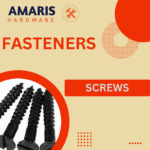 Screws
Screws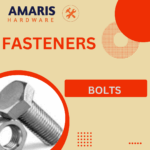 Bolts
Bolts Nuts
Nuts Washers
Washers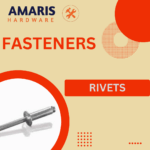 Rivets & Riveter
Rivets & Riveter Anchors
Anchors Nails
Nails Threaded Rods
Threaded Rods Clips & Clamps
Clips & Clamps
 Garden Fencing
Garden Fencing Garden Furniture Hardware
Garden Furniture Hardware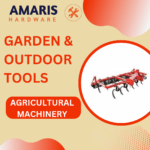 Agricultural Machinery
Agricultural Machinery Lawn Mowers
Lawn Mowers Trimmers & Edgers
Trimmers & Edgers Shovels & Spades
Shovels & Spades Rakes & Hoes
Rakes & Hoes Pruning Shears & Loppers
Pruning Shears & Loppers Watering Systems
Watering Systems Digging Equipment
Digging Equipment Pond Equipment
Pond Equipment
 Generator Accessories
Generator Accessories Inverters
Inverters Diesel & Gasoline Generators
Diesel & Gasoline Generators Power Inverters
Power Inverters Transfer Switches
Transfer Switches Portable Generators
Portable Generators Air Compressor
Air Compressor Pressure Washers
Pressure Washers Water Pumps
Water Pumps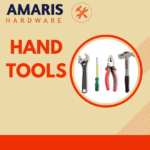
 Fastening Tools
Fastening Tools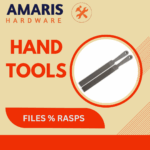 Files & Rasps
Files & Rasps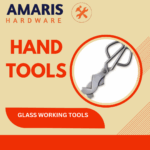 Glass working Tools
Glass working Tools Hammers
Hammers Hand Tool Accessories
Hand Tool Accessories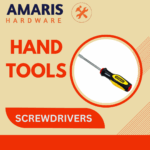 Screwdrivers
Screwdrivers Wrenches & Spanners
Wrenches & Spanners Pliers & Cutters
Pliers & Cutters Saws & Blades
Saws & Blades Measuring Tools
Measuring Tools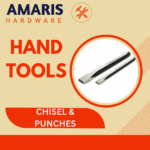 Chisels & Punches
Chisels & Punches Allen Keys & Hex Keys
Allen Keys & Hex Keys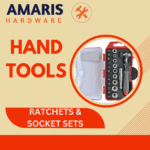 Ratchets & Socket Sets
Ratchets & Socket Sets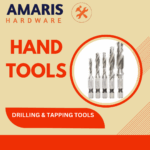 Drilling & Tapping Tools
Drilling & Tapping Tools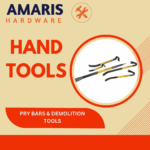 Pry Bars & Demolition Tools
Pry Bars & Demolition Tools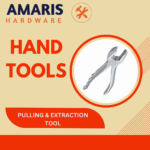 Pulling & Extraction Tools
Pulling & Extraction Tools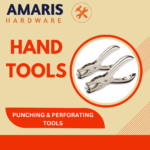 Punching & Perforating Tools
Punching & Perforating Tools Scrapers & Abrasive Tools
Scrapers & Abrasive Tools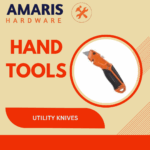 Utility Knives
Utility Knives Woodworking Tools
Woodworking Tools Clamps & Vises
Clamps & Vises
 Hinges & Latches
Hinges & Latches Hooks & Brackets
Hooks & Brackets Door Handles & Locks
Door Handles & Locks Drawer Slides & Cabinet Hardware
Drawer Slides & Cabinet Hardware Window Hardware
Window Hardware Chains & Cables
Chains & Cables Casters & Wheels
Casters & Wheels Shelving & Storage Systems
Shelving & Storage Systems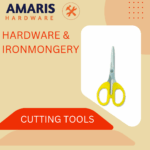 Cutting Tools
Cutting Tools
 Fans & Blowers
Fans & Blowers HVAC Filters
HVAC Filters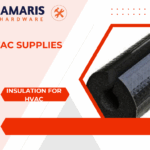 Insulation for HVAC
Insulation for HVAC Air Conditioners
Air Conditioners Ventilation Ducts & Fittings
Ventilation Ducts & Fittings Thermostats & Controllers
Thermostats & Controllers Refrigerants
Refrigerants
 Food Processing Machinery
Food Processing Machinery Gaskets & Seals
Gaskets & Seals Harvesting Equipment
Harvesting Equipment Hydraulic Fittings
Hydraulic Fittings Industrial Fasteners
Industrial Fasteners Industrial Hoses
Industrial Hoses Bearings & Bushings
Bearings & Bushings Belts & Pulleys
Belts & Pulleys Lubricants & Greases
Lubricants & Greases Metal Sheets & Bars
Metal Sheets & Bars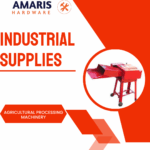 Agricultural Processing Machinery
Agricultural Processing Machinery Poultry Processing Equipment
Poultry Processing Equipment
 Lifting Equipment
Lifting Equipment Transport Equipment
Transport Equipment Storage Solutions
Storage Solutions Conveyors and Accessories
Conveyors and Accessories Construction Machinery
Construction Machinery Screening Equipment
Screening Equipment Heavy Machinery
Heavy Machinery
 Paint Brushes & Rollers
Paint Brushes & Rollers Paint Sprayers & Accessories
Paint Sprayers & Accessories Paint Strippers & Thinners
Paint Strippers & Thinners Paint Trays & Accessories
Paint Trays & Accessories Primers & Undercoats
Primers & Undercoats Interior Paints
Interior Paints Exterior Paints
Exterior Paints Varnishes & Stains
Varnishes & Stains Spray Paints
Spray Paints
 Pipes & Fittings
Pipes & Fittings Plumbing Tools
Plumbing Tools Pumps & Motors
Pumps & Motors Valves & Taps
Valves & Taps Faucets & Fixtures
Faucets & Fixtures Hoses & Tubing
Hoses & Tubing Water Heaters
Water Heaters Drainage Systems
Drainage Systems Sealants & Adhesives for Plumbing
Sealants & Adhesives for Plumbing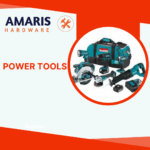
 Nail Guns
Nail Guns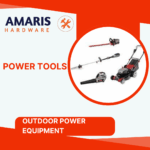 Outdoor Power Equipment
Outdoor Power Equipment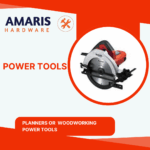 Planers or Woodworking Power Tools
Planers or Woodworking Power Tools Pneumatic Tool
Pneumatic Tool Power Tool Accessories
Power Tool Accessories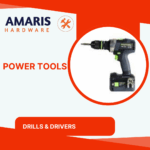 Drills & Drivers
Drills & Drivers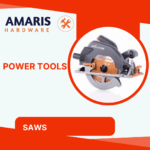 Saws
Saws Grinders & Sanders
Grinders & Sanders Heat Guns
Heat Guns Impact Wrenches
Impact Wrenches Batteries & Chargers
Batteries & Chargers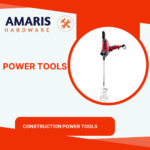 Construction Power Tools
Construction Power Tools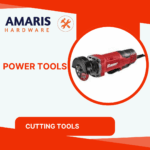 Cutting Tools
Cutting Tools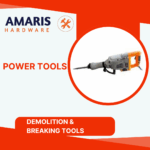 Demolition & Breaking Tools
Demolition & Breaking Tools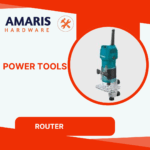 Router
Router Woodworking Machinery
Woodworking Machinery
 Safes
Safes Security Cameras
Security Cameras Personal Protective Equipment (PPE)
Personal Protective Equipment (PPE) Fire Safety Equipment
Fire Safety Equipment Locks & Padlocks
Locks & Padlocks Motion Sensors & Alarms
Motion Sensors & Alarms
 Shelving Units
Shelving Units Storage Bins & Containers
Storage Bins & Containers Toolboxes & Tool Chests
Toolboxes & Tool Chests Pegboards & Hooks
Pegboards & Hooks Workbenches
Workbenches Drawer Organizers
Drawer Organizers Labeling Supplies
Labeling Supplies
 Flux & Solder Wire
Flux & Solder Wire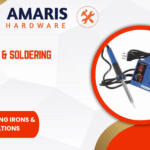 Soldering Irons & Stations
Soldering Irons & Stations Welding Accessories
Welding Accessories Welding Electrodes & Rods
Welding Electrodes & Rods Welding Helmets & Gloves
Welding Helmets & Gloves Welding Machines
Welding Machines Welding Safety Equipment
Welding Safety Equipment Gas Equipment – Regulators & Gauges
Gas Equipment – Regulators & Gauges


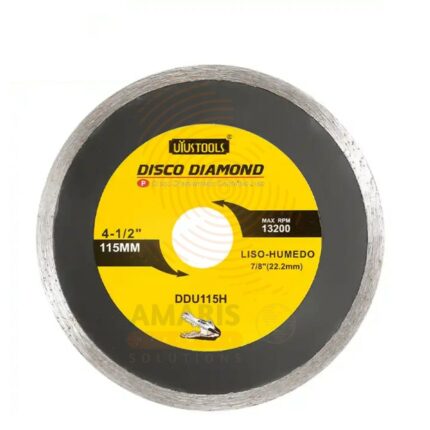
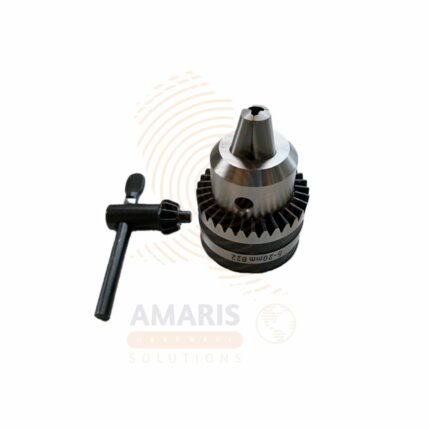


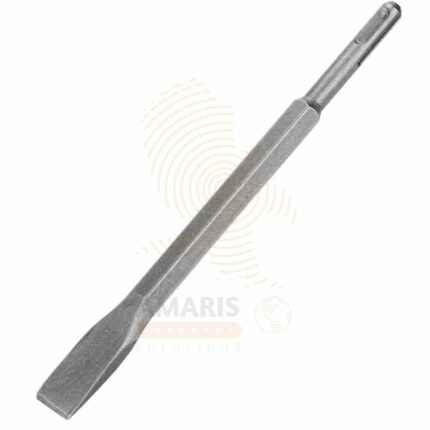
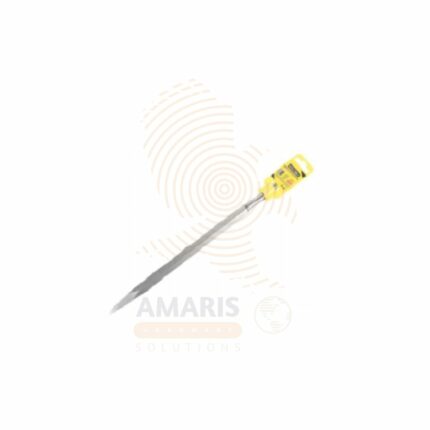
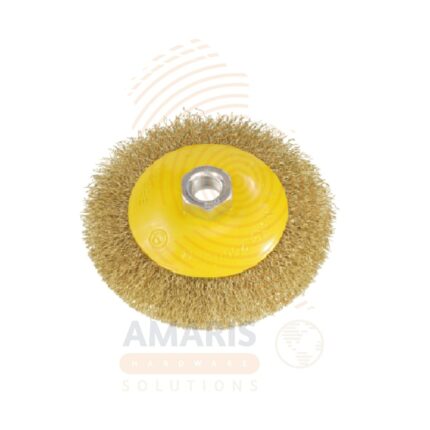





Reviews
There are no reviews yet.